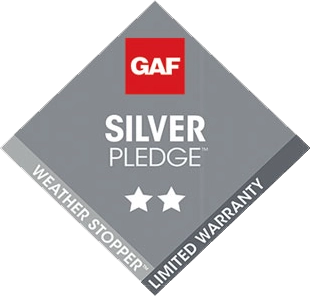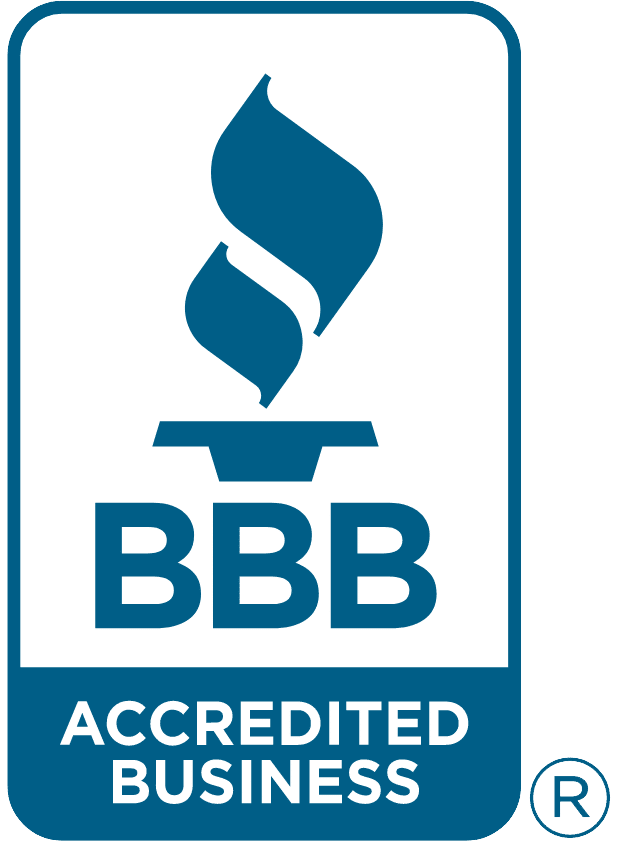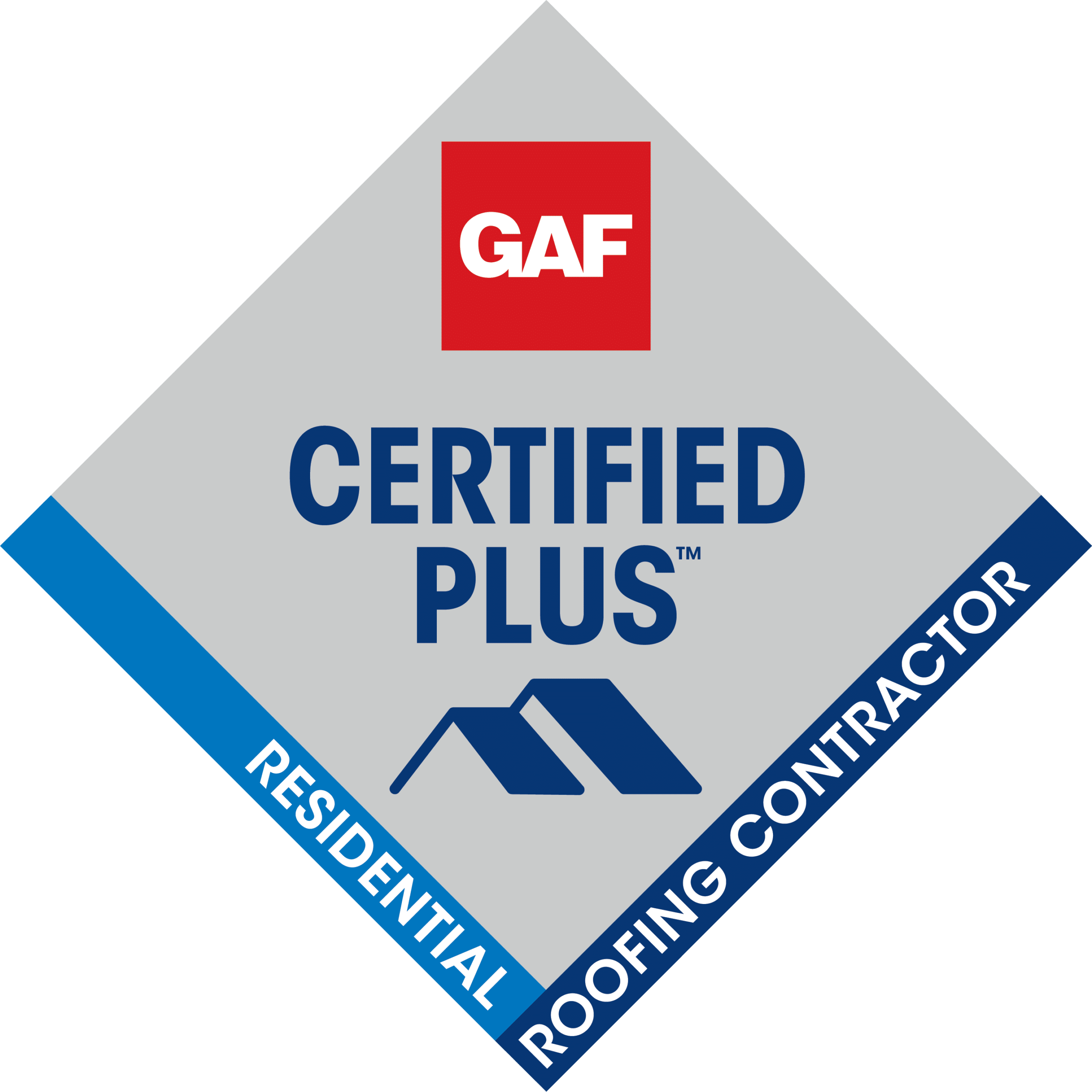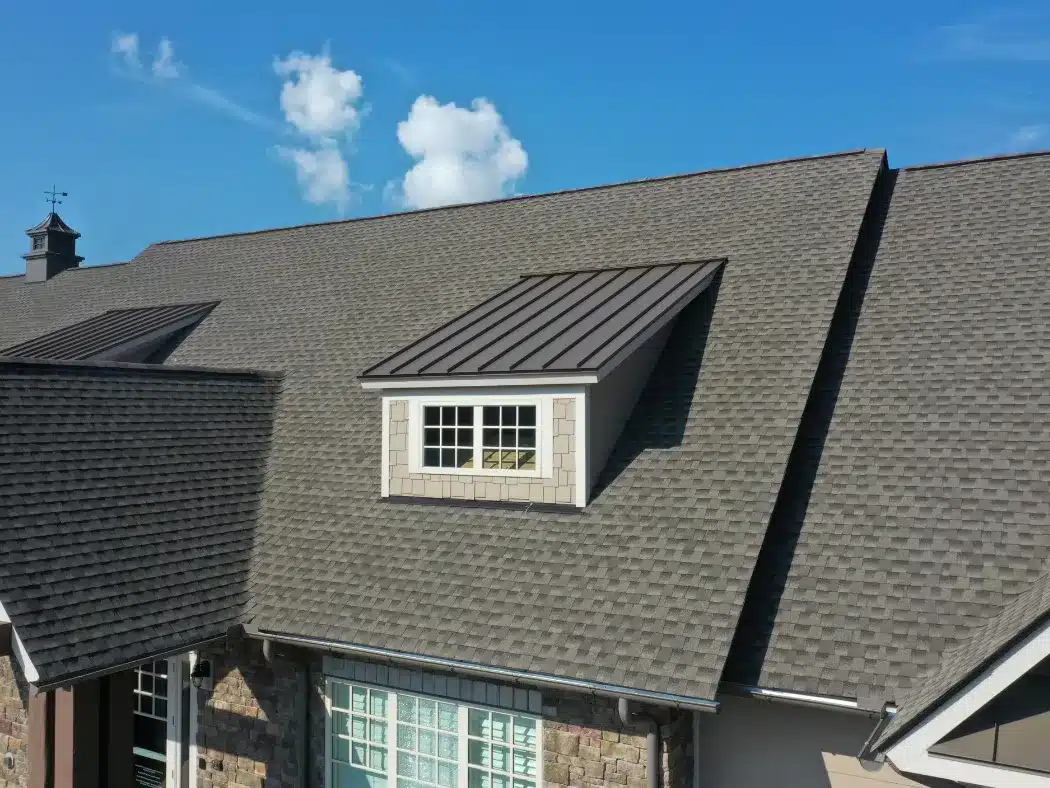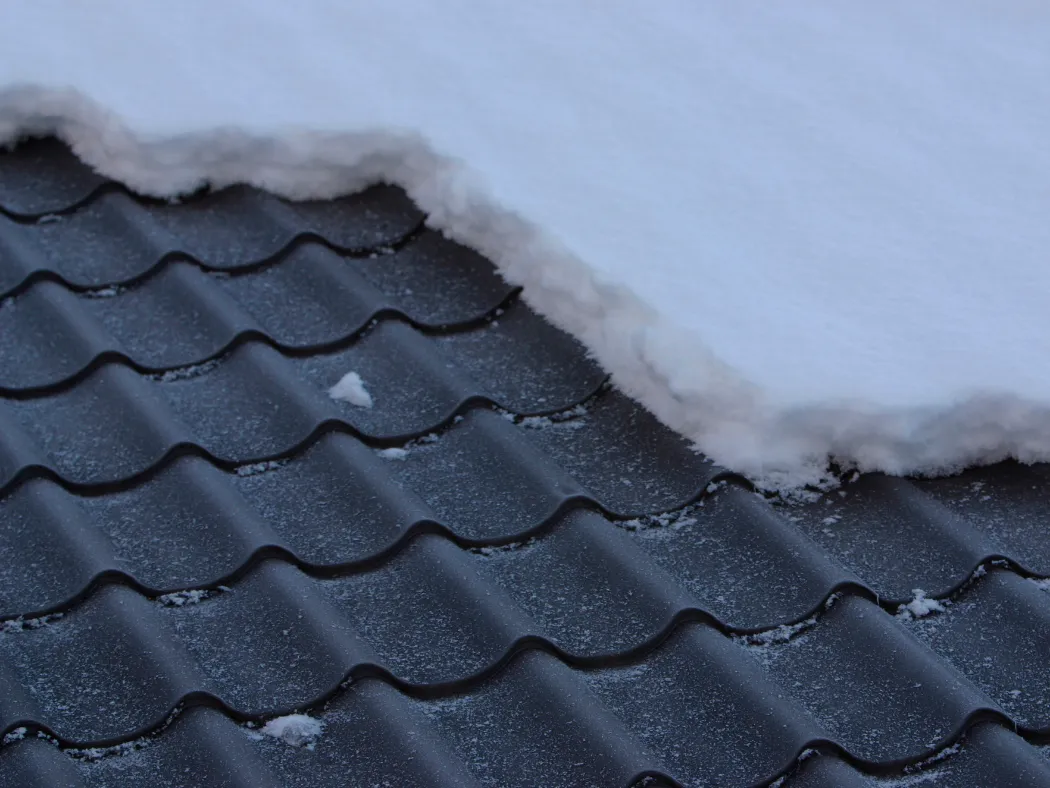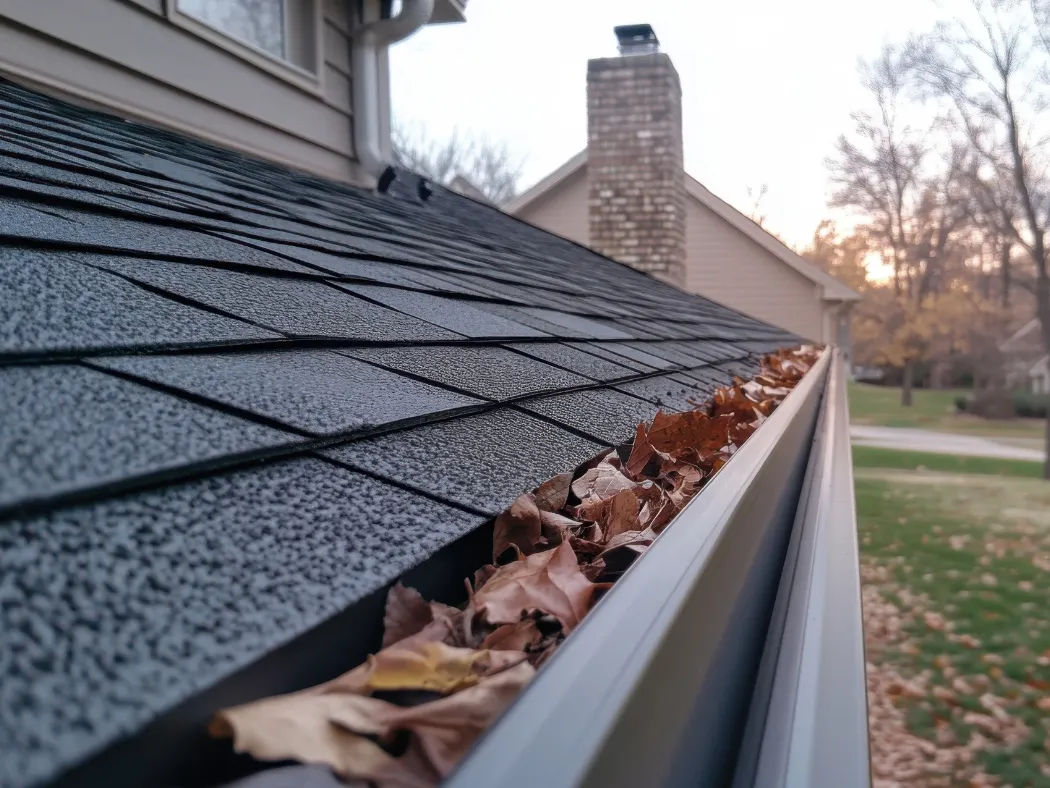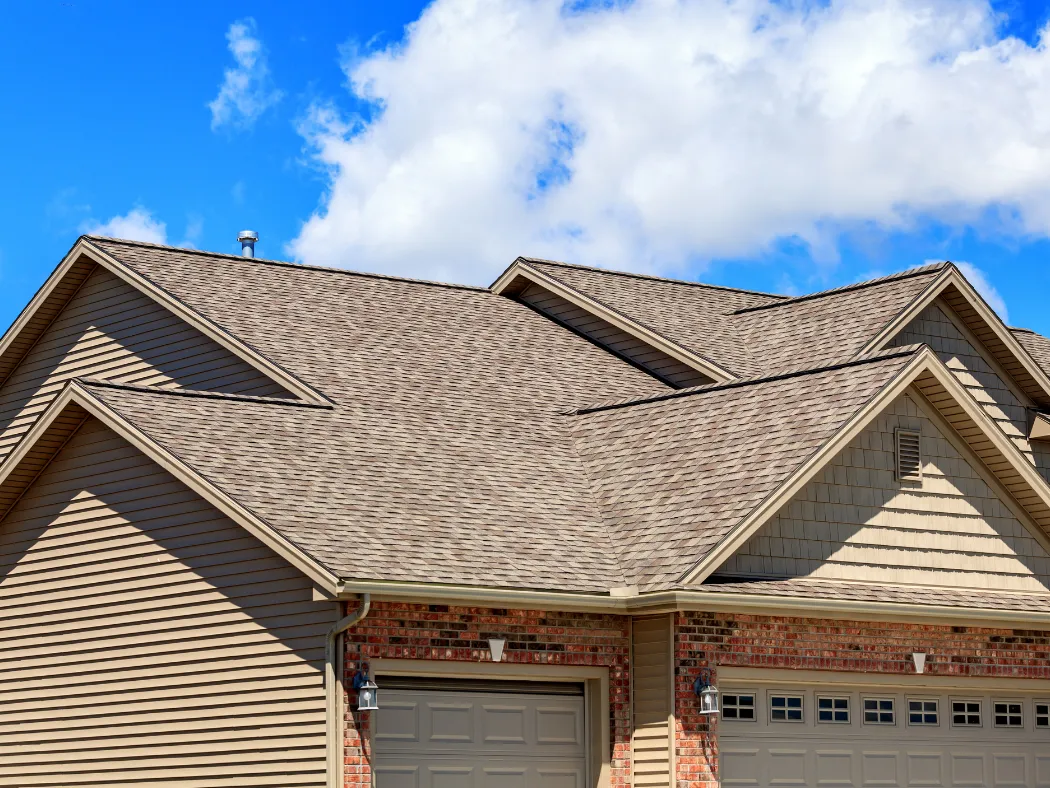It’s an early morning in July, and the temperature is already creeping toward triple digits. You glance at the egg in your hand before cracking it into the pan, starting to seriously consider whether it might cook faster on your asphalt shingles.
Texas summer heat is no joke for your roof. Intense sun, high temperatures, and thermal stress can take a toll on your roofing system. In this blog, we’ll break down how heat damages your roof, the signs to watch for, and what you can do to protect your home.
How Does Texas Heat Affect Your Roof?
Your roof is one of your home’s first lines of defense against the year-round elements. Summer weather means sudden storms, severe weather, and direct sunlight. Below are some common ways heat can damage your roofing system.
UV Damage
The ultraviolet rays from the sun are a form of light that can break down the chemical bonds of your roofing material over time. This breakdown is a normal part of a roof’s lifespan, but exposure to direct sunlight in the harsh summer months can speed the breakdown process.
Expansion
When the materials that make up your roofing system are exposed to extreme heat, they expand and push against each other. This can cause warping and weaken your roof over time.
Heat Build-Up
Heat and moisture can build up in your attic if your roofing system is not adequately ventilated. This can cause excess moisture and the growth of mold and mildew.
Signs Your Roof is Suffering Heat Damage
Heat-related roof damage can sometimes be subtle and gradual. Here are some common signs to watch for:
- Curling roofing materials
- Loss of asphalt shingle granules
- Spike in energy bills
- Cracked flashing
Not all roofing damage is visible from the ground. A professional can perform a roof inspection to look for signs of wear and tear throughout your roofing system.
How to Address Roof Damage from Heat
If you notice any signs of damage to your roof due to the heat, consult a trusted roofing contractor for professional advice and an inspection report.
Improve Ventilation
Suppose you are concerned that attic ventilation may be accelerating your roof’s aging process. In that case, a roofing contractor can, if needed, install strategically placed vents to improve the function of your roofing structure. They may also provide important considerations when it’s time to start thinking about your next roof.
Make Repairs Early
Make repairs early when they are minor and easier to manage. This is the best way to prevent widespread damage to your roof, protect your investment, and save money.
Schedule Regular Inspections
To catch minor issues with your roof early, it’s essential to have regular roofing inspections, preferably at least once a year. During an inspection, a contractor will look for leaks, identify signs of potential weak points, assess any existing damage, inspect gutters and downspouts, and provide recommendations for repairs or replacement.
Protect Your Texas Roof
Your roof is an investment worth protecting. The Texas heat can be brutal on your roofing system, but with the proper care and prevention, you can increase the lifespan of your roof and protect your home from the elements. For Texas roof inspections, repairs, and replacements, you can count on WorleyByrd, because WorleyByrd is the word!
Contact WorleyByrd Roofing & Restoration to schedule your complimentary inspection today!

